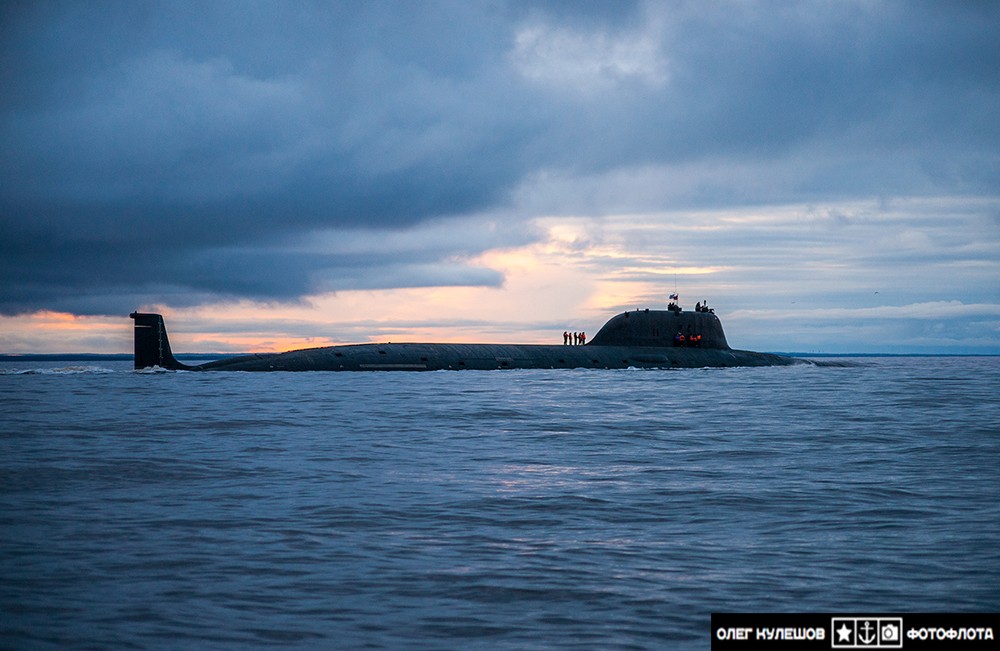Both the U.S. and Russia have thousands of nuclear warheads and three types of delivery systems. Both nations have nuclear armed submarines, nuclear bombers and nuclear tipped ICBMs. Both countries are spending hundreds of billions of dollars to upgrade their nuclear arsenals and their delivery systems.
The Russian Navy is much smaller than the Soviet Navy that preceded it. Most of its current submarine fleet is coming to the end of its allocated lifespan. They will not be able to replace submarines as fast as they are being retired. very soon which means that their submarine fleet will shrink in the coming years.
As nuclear submarines age, they are prone to corrosion of the hull. There are also corrosion problems inside the compartments that hold the nuclear reactors that provide propulsion. The older submarines get, the more maintenance they need and the longer they have to be out of service to effect repairs. It is estimated that Russia is only able to keep about half their nuclear submarines in service at sea at any time. Having many old submarines on sea patrols diminishes the operational readiness of the Russia fleet.
Russia is currently building and launched their new multi-role Yasen class of nuclear submarines. However, they only launched one of these in 2010 and another in 2011. On the other hand, Russia will have to be retiring eleven Akula class ballistic missile submarines built in the early 1990s. They will also have to retire four Victor III class attack submarines and eight Oscar II class cruise missile submarines in the not too distant future. The Russians cannot build fast enough new submarines to replace the submarines that will have to be decommissioned. Russia will be working hard to keep their aging submarine fleet as sea as long as possible but one assessment in a Russian military blog said that they may lose over half their submarine fleet by 2030
The Yasen class of submarines is a recent design. The plan is to have the last of seven Yasen submarines launched in 2023. That schedule might slip considering that the Yasen class is twice as expensive to build as one of the new Russia ballistic missile submarines..
Russia currently has thirteen ballistic missile submarines that are able to drop nuclear warheads on enemy cities far inland for the world’s oceans. There are three new Borey class submarines in their fleet and five more Borey class submarines are being build. However, by 2030, three Delta III class, six Delta IV class and one Typhoon class submarines will all be reaching forty years of age. All of them will probably be retired before then. Even with the loss of these old submarines, there will be eight of the new Borey class submarines in service. Only the U.S., China and India will have anywhere equal numbers of ballistic missile submarines.
The Russians are designing a type of nuclear submarine called Project Husky. This versatile new design has three versions. It can be configured as an attack submarine, a cruise-missile submarine, or ballistic missile submarine. Unfortunately, the most optimistic estimates say that if construction of the Husky class begins in the early 2020s, they will only have three by 2030 because of the over four years that are required to build one.
The diesel-electric fleet of Russian submarines is not doing much better. The Russian have seventeen Kilo class hunter-killer submarines that were build in the early 1990s. They are building more advanced versions of the diesel-electrics in the Varshavyanka and the Lada classes and these are being built considerably faster than the nuclear powered Yasen class.
Russian Yasen class submarine
(Source Минобороны России/Олег Кулешов):
